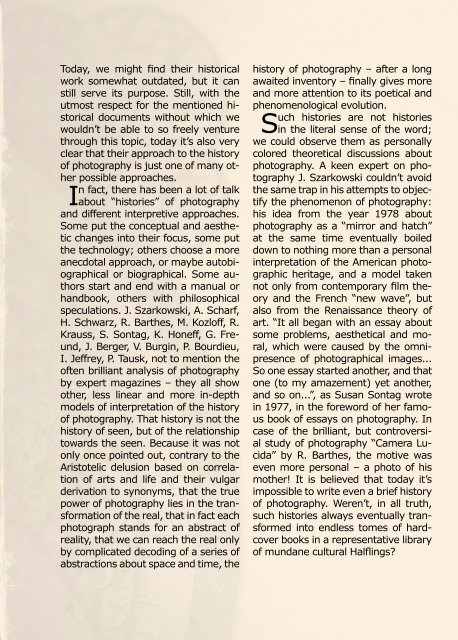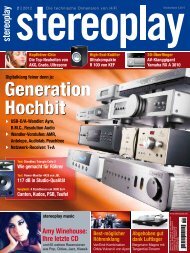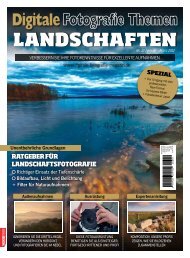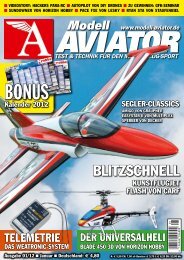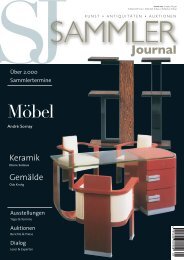Download BULB Magazine (EN) 09 (English) - 9.4 MB (pdf)
Create successful ePaper yourself
Turn your PDF publications into a flip-book with our unique Google optimized e-Paper software.
Today, we might find their historical<br />
work somewhat outdated, but it can<br />
still serve its purpose. Still, with the<br />
utmost respect for the mentioned historical<br />
documents without which we<br />
wouldn’t be able to so freely venture<br />
through this topic, today it’s also very<br />
clear that their approach to the history<br />
of photography is just one of many other<br />
possible approaches.<br />
In fact, there has been a lot of talk<br />
about “histories” of photography<br />
and different interpretive approaches.<br />
Some put the conceptual and aesthetic<br />
changes into their focus, some put<br />
the technology; others choose a more<br />
anecdotal approach, or maybe autobiographical<br />
or biographical. Some authors<br />
start and end with a manual or<br />
handbook, others with philosophical<br />
speculations. J. Szarkowski, A. Scharf,<br />
H. Schwarz, R. Barthes, M. Kozloff, R.<br />
Krauss, S. Sontag, K. Honeff, G. Freund,<br />
J. Berger, V. Burgin, P. Bourdieu,<br />
I. Jeffrey, P. Tausk, not to mention the<br />
often brilliant analysis of photography<br />
by expert magazines – they all show<br />
other, less linear and more in-depth<br />
models of interpretation of the history<br />
of photography. That history is not the<br />
history of seen, but of the relationship<br />
towards the seen. Because it was not<br />
only once pointed out, contrary to the<br />
Aristotelic delusion based on correlation<br />
of arts and life and their vulgar<br />
derivation to synonyms, that the true<br />
power of photography lies in the transformation<br />
of the real, that in fact each<br />
photograph stands for an abstract of<br />
reality, that we can reach the real only<br />
by complicated decoding of a series of<br />
abstractions about space and time, the<br />
history of photography – after a long<br />
awaited inventory – finally gives more<br />
and more attention to its poetical and<br />
phenomenological evolution.<br />
Such histories are not histories<br />
in the literal sense of the word;<br />
we could observe them as personally<br />
colored theoretical discussions about<br />
photography. A keen expert on photography<br />
J. Szarkowski couldn’t avoid<br />
the same trap in his attempts to objectify<br />
the phenomenon of photography:<br />
his idea from the year 1978 about<br />
photography as a “mirror and hatch”<br />
at the same time eventually boiled<br />
down to nothing more than a personal<br />
interpretation of the American photographic<br />
heritage, and a model taken<br />
not only from contemporary film theory<br />
and the French “new wave”, but<br />
also from the Renaissance theory of<br />
art. “It all began with an essay about<br />
some problems, aesthetical and moral,<br />
which were caused by the omnipresence<br />
of photographical images...<br />
So one essay started another, and that<br />
one (to my amazement) yet another,<br />
and so on...”, as Susan Sontag wrote<br />
in 1977, in the foreword of her famous<br />
book of essays on photography. In<br />
case of the brilliant, but controversial<br />
study of photography “Camera Lucida”<br />
by R. Barthes, the motive was<br />
even more personal – a photo of his<br />
mother! It is believed that today it’s<br />
impossible to write even a brief history<br />
of photography. Weren’t, in all truth,<br />
such histories always eventually transformed<br />
into endless tomes of hardcover<br />
books in a representative library<br />
of mundane cultural Halflings?


